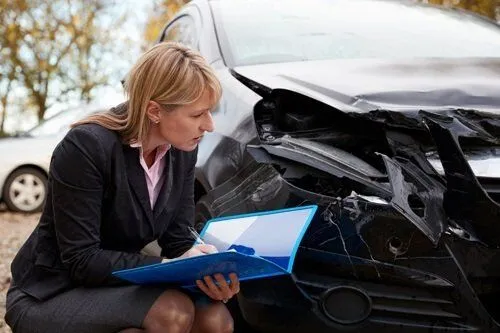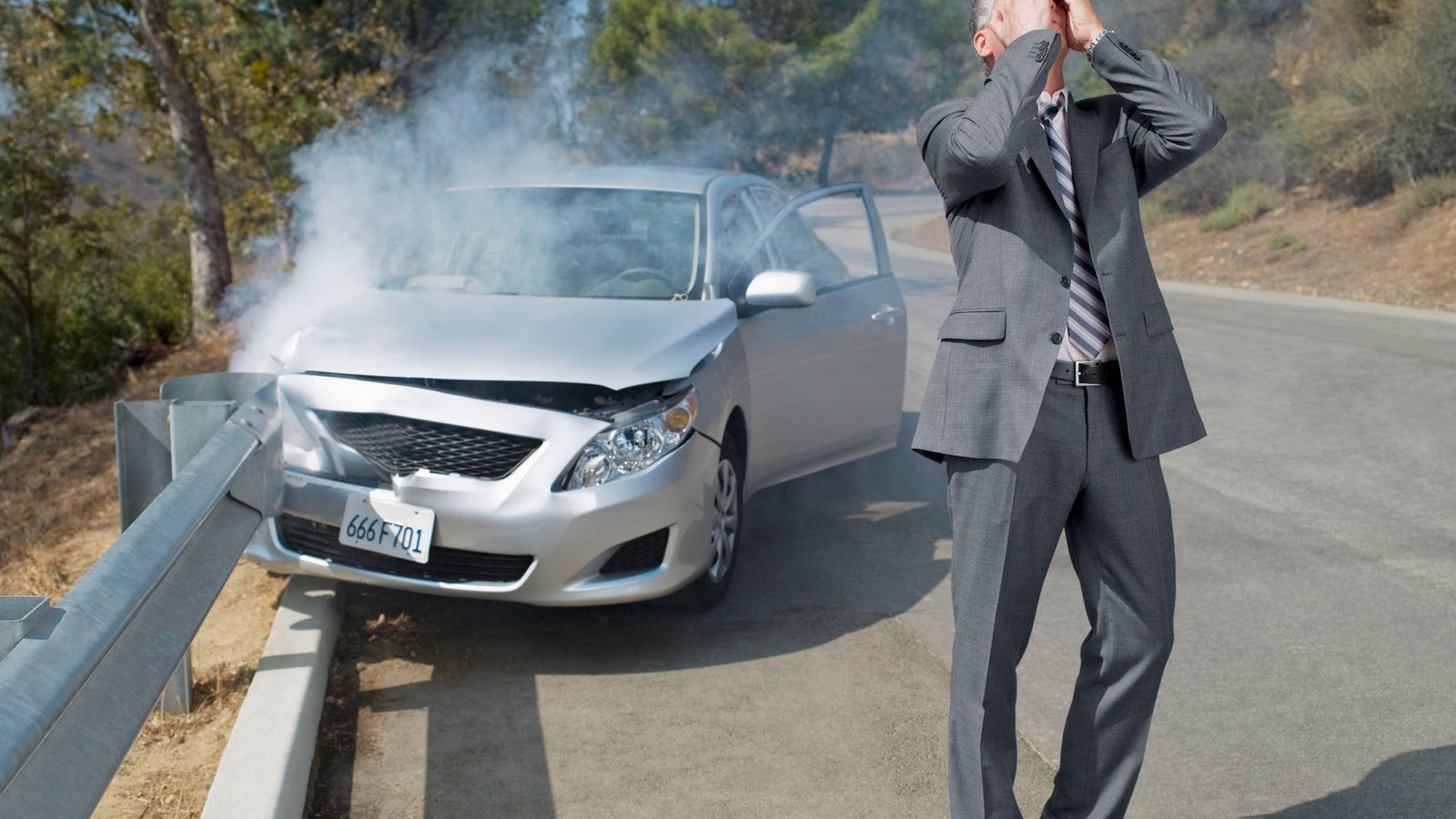Collision Coverage" is what the name implies:
Collision coverage helps pay to repair or replace your car if it hits a tree, guardrail, flips over, or is struck by a hit-and-run driver. Keep your deductible in mind—it’s the amount you’ll pay out of pocket before your coverage kicks in.


Collision Coverage can be a smart add-on if you're concerned about paying out-of-pocket after an accident—whether you hit another vehicle, a tree, or your car rolls over. It helps cover repair or replacement costs, but remember: you’ll need to pay a deductible first, so choose one that fits your budget comfortably.
If you're leasing or still financing your car, your lender will likely require this coverage. But if your car is over 8 years old and fully paid off, Collision might not be cost-effective. Since older cars usually have lower cash value, the payout may not be worth the extra premium. Consider carefully before adding it.
Want to know more about Direct Auto Insurance policies? Explore our car insurance coverage options, learn about term life insurance, or call 1-987-654-3210 for help choosing the right coverage for your needs. If you use your vehicle for work or own a fleet, consider commercial auto insurance. Motorcycle riders also need liability coverage to ride legally.

You are required to meet your state’s minimum coverage limits, but you can also opt for higher limits to gain greater financial protection. Your car insurance policy’s liability limits define the maximum amount your insurer will pay if you file a claim. For example, collision coverage limits of $25,000/$50,000 mean your insurer will pay up to $25,000.
Similar to bodily injury liability, you are required to carry at least the minimum property damage collision coverage mandated by your state. However, selecting higher limits can offer greater financial security. For example, if the minimum is $25,000, you might choose $50,000 or more to better protect yourself. Remember, any damage costs beyond your coverage limits will have to be paid by you directly.
Just like bodily injury liability, every state sets a minimum requirement for property damage collision coverage. You can stick to the minimum—say, $25,000—or increase your limit to $50,000 or more for added protection. Choosing higher limits can help protect your finances if you cause an accident. Keep in mind, if the cost of the damage exceeds your coverage amount, you’ll be personally responsible for paying the remaining balance out of pocket.
Collision Coverage is one of the most basic forms of auto insurance. Choosing liability-only coverage is a way to save money on premiums, but it’s not suitable for every driver. If your car is leased or financed, your lender may require more than just minimum liability. On the other hand, if you rarely drive or own an older, fully paid-off car, skipping optional coverage like Collision might make sense. It all depends on your vehicle’s value, your financial situation, and how much risk you're comfortable taking when it comes to repairs or replacement after an accident.
Enter ZIP code to find a DLInsure Auto location near you.
Enter ZIP code to start your quote.
© 2025 DLInsure | All Right Reserved